AI Gives Paralyzed Woman Her Voice Back
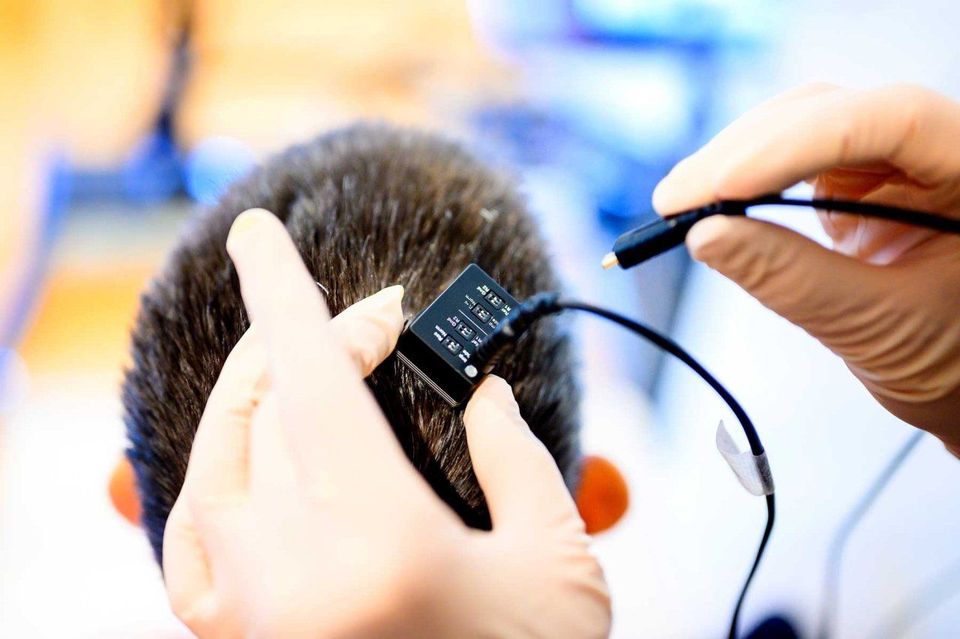
Ann, a former high school math teacher in Canada, suffered a debilitating brainstem stroke at the age of 30, leaving her paralyzed and unable to speak. Despite the challenges, Ann, who described her condition as "Locked-in syndrome," managed to regain some muscle movement and uses a device to communicate by typing with small head movements. She collaborated with a research team at UC San Francisco and UC Berkeley to develop a cutting-edge brain-computer interface (BCI). This technology can synthesize speech or facial expressions from brain signals, allowing paralyzed individuals to communicate through a digital avatar. The BCI can decode brain signals into text at a rate of nearly 80 words per minute, a significant improvement over her previous device's 14 words per minute.
Dr. Edward Chang of UCSF, who has been researching BCIs for over a decade, hopes that this technology, which was highlighted in a publication in "Nature" on August 23, 2023, will soon receive FDA approval. This system could revolutionize communication for paralyzed patients by restoring a more natural form of interaction.
The research team implanted a grid of electrodes on Ann's brain to capture the signals associated with speech. They trained an AI system to recognize her unique brain signals, focusing on phonemes, the building blocks of spoken words, to improve speed and accuracy. This approach only required the computer to identify 39 phonemes to decipher any word in English. The advancements hold promise for providing a voice to those who can't speak and enabling more naturalistic conversations for them.

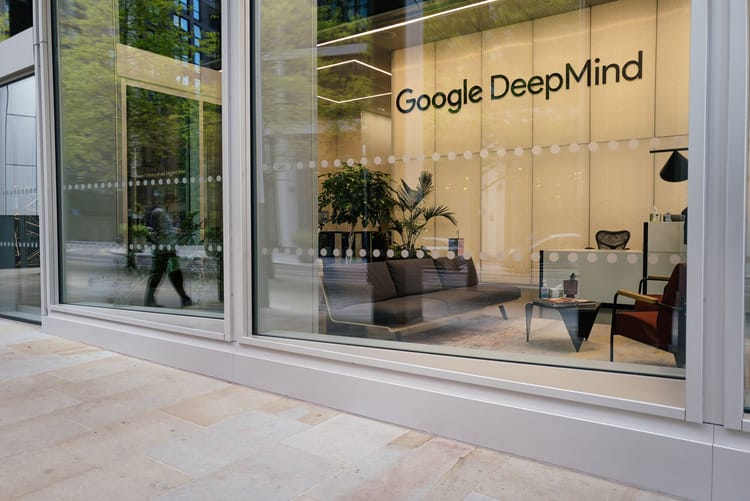
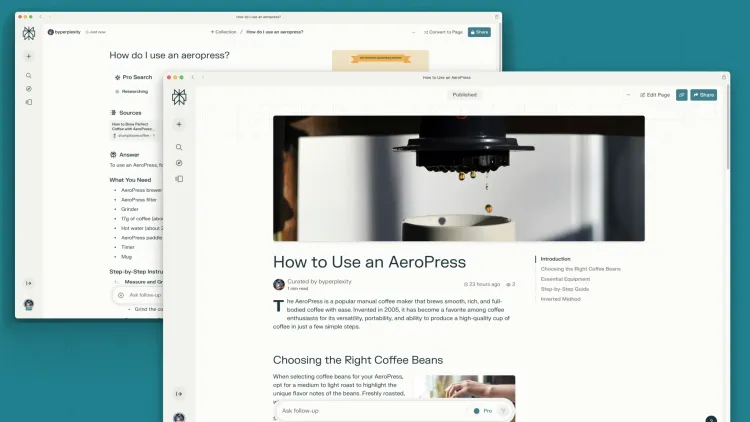

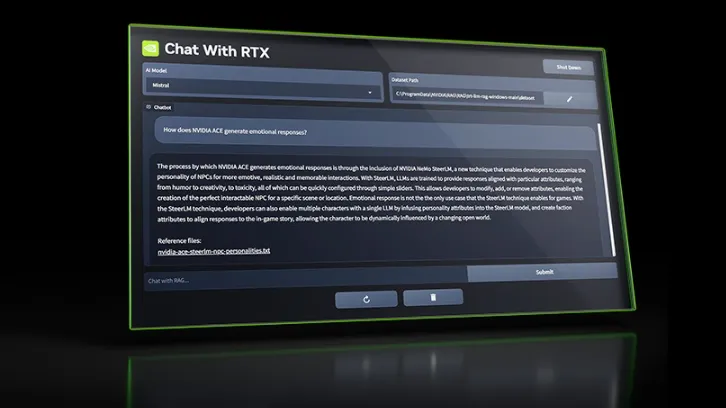
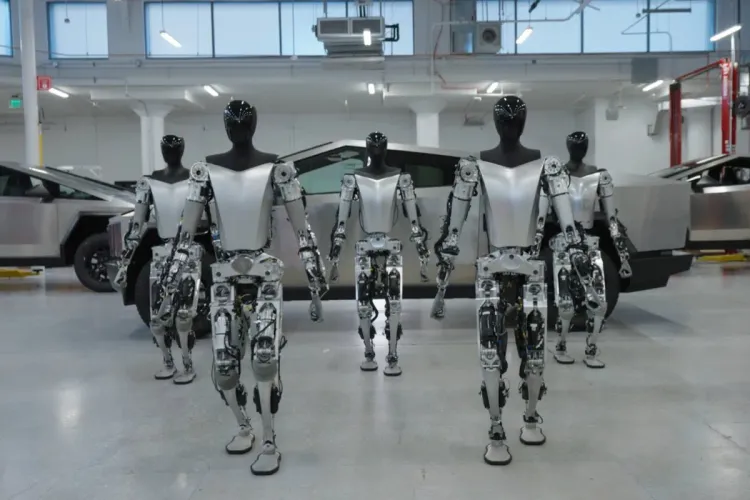
Member discussion